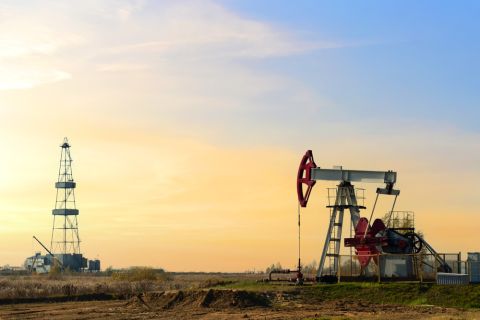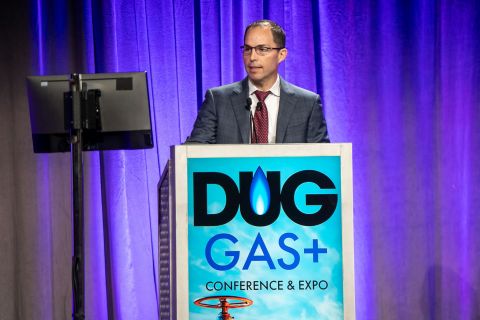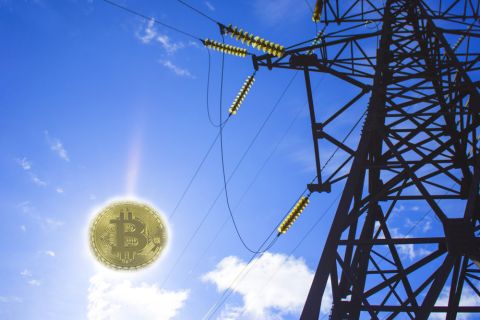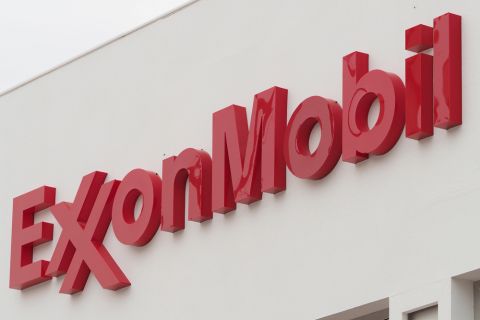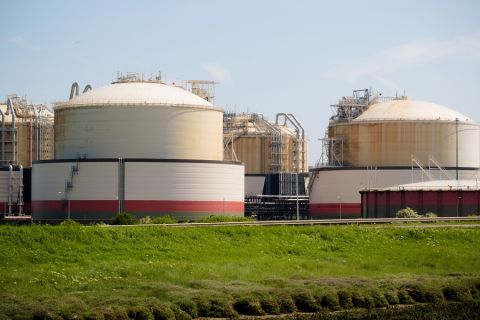Northern Border Pipeline said ethane accounted for more than 14% of the volume of natural gas moved on the pipeline, causing the heat content to rise above the upper limit on most gas pipes, the U.S. Energy Information Administration (EIA) said late May 13.
Northern Border said the rise in heat content is occurring more often as more gas on the pipe comes from the Bakken Shale in North Dakota, where gas is ethane-rich.
Gas from Canada, where more of the fuel carried in the pipe was sourced in the past, is lower in ethane.
Ethane is an NGL that can be sold as ethane or mixed with methane in a gas pipe. Natural gas is mostly methane.
Higher gas heat content can cause operational issues for gas customers, and it makes delivering gas to interconnecting pipelines more challenging because most pipelines have heat content limitations.
Northern Border, owned by units of Canadian energy company TC Energy Corp. (50%) and U.S. energy company Oneok Inc. (50%), said it continues to investigate options to implement a 1,100 British thermal units per cubic foot (Btu/cf) upper limit on gas heat content to address these issues.
Heat content is measured in Btu/cf and 1,100 Btu/cf is the upper limit on most U.S. gas pipes.
Northern Border’s previous filings for a gas-quality tariff with the U.S. Federal Energy Regulatory Commission (FERC) in May and August of last year were rejected, EIA said, noting FERC encouraged Northern Border to continue working with its shippers to develop a proposal to address operational concerns.
The 1,412-mile Northern Border connects gas reserves in Western Canada with consumers in the U.S. Midwest. It also receives and transports U.S.-produced gas from regions like the Bakken.
Recommended Reading
The Secret to Record US Oil Output? Drilling Efficiencies—EIA
2024-03-06 - Advances in horizontal drilling and fracking technologies are yielding more efficient oil wells in the U.S. even as the rig count plummets, the Energy Information Administration reported.
Plus 16 Bcf/d: Power Hungry AI Chips to Amp US NatGas Draw
2024-04-09 - Top U.S. natural gas producers, including Chesapeake Energy and EQT Corp., anticipate up to 16 Bcf/d more U.S. demand for powering AI-chipped data centers in the coming half-dozen years.
Core Scientific to Expand its Texas Bitcoin Mining Center
2024-04-16 - Core Scientific said its Denton, Texas, data center currently operates 125 megawatts of bitcoin mining with total contracted power of approximately 300 MW.
Exxon’s Payara Hits 220,000 bbl/d Ceiling in Just Three Months
2024-02-05 - ExxonMobil Corp.’s third development offshore Guyana in the Stabroek Block — the Payara project— reached its nameplate production capacity of 220,000 bbl/d in January 2024, less than three months after commencing production and ahead of schedule.
Venture Global, Grain LNG Ink Deal to Provide LNG to UK
2024-02-05 - Under the agreement, Venture Global will have the ability to access 3 million tonnes per annum of LNG storage and regasification capacity at the Isle of Grain LNG terminal.

